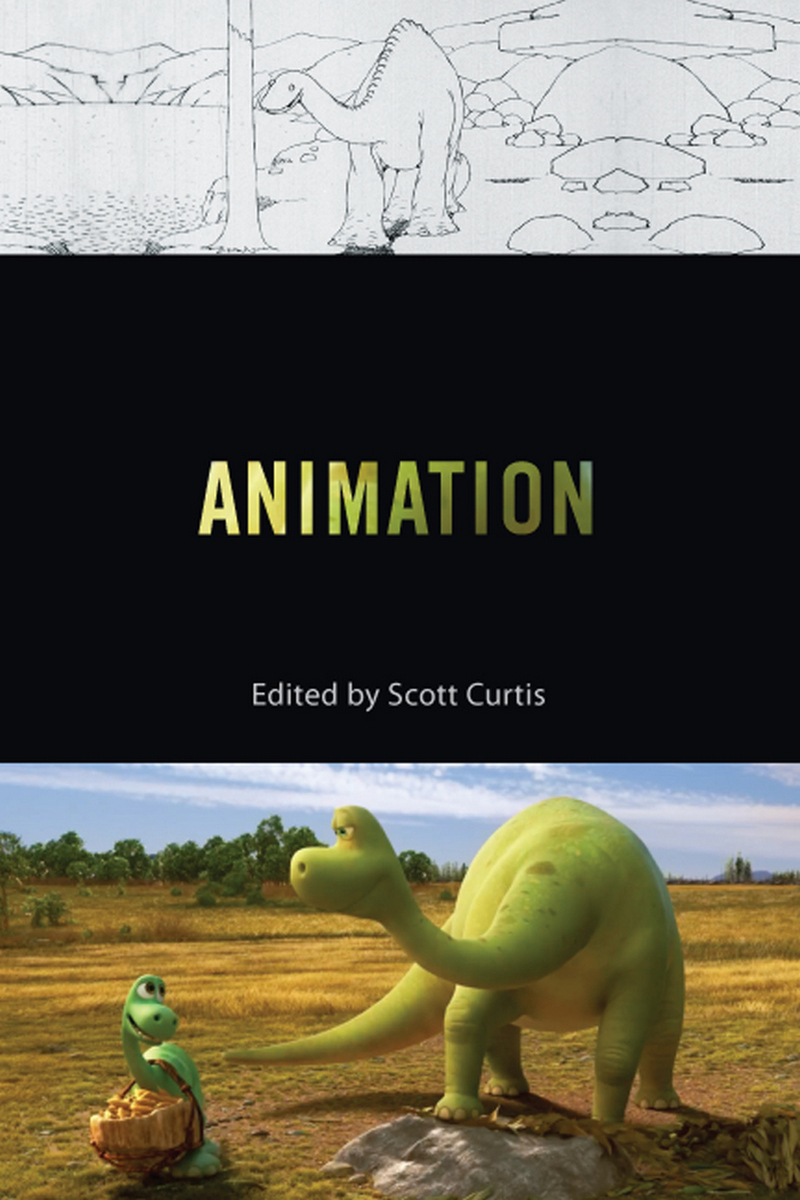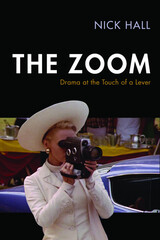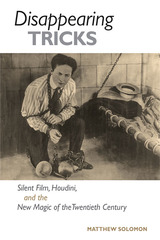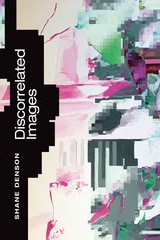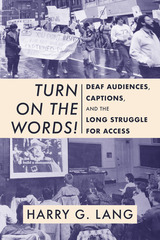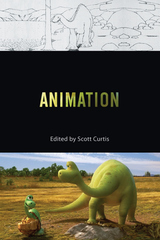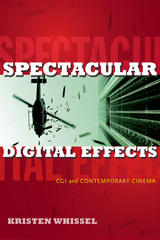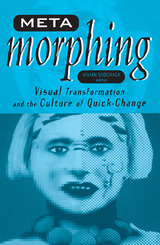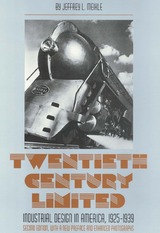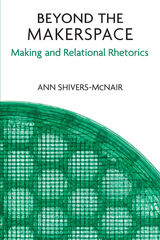Animation
Rutgers University Press, 2019
eISBN: 978-0-8135-7278-9 | Paper: 978-0-8135-7025-9 | Cloth: 978-0-8135-7026-6
Library of Congress Classification TR897.5.A55 2019
Dewey Decimal Classification 776.6
eISBN: 978-0-8135-7278-9 | Paper: 978-0-8135-7025-9 | Cloth: 978-0-8135-7026-6
Library of Congress Classification TR897.5.A55 2019
Dewey Decimal Classification 776.6
ABOUT THIS BOOK | AUTHOR BIOGRAPHY | REVIEWS | TOC
ABOUT THIS BOOK
From the earliest motion pictures and cartoons of the 1900s, to the latest 3D animated feature and CGI blockbuster, animation has always been a part of the cinematic experience. While the boundaries between animation and live-action have often been carefully tended, the ubiquity of contemporary computer imaging certainly blurs those lines, thereby confirming the importance of animation for the history of American cinema. The last installment of the acclaimed Behind the Silver Screen series, Animation explores the variety of technologies and modes of production throughout the history of American animation: the artisanal, solitary labors of early animators such as Winsor McCay, or of independent animators such as Mary Ellen Bute; the industrial assembly lines of Hollywood studio-unit animation; the parsimonious production houses of the post-studio, post-war era; the collaborative approach of boutique animation and special-effect houses. Drawing on archival sources, this volume provides not only an overview of American animation history, but also, by focusing on the relationship between production and style, a unique approach to understanding animation in general.
See other books on: Animated | Animation | Animation (Cinematography) | Curtis, Scott | Genres
See other titles from Rutgers University Press
